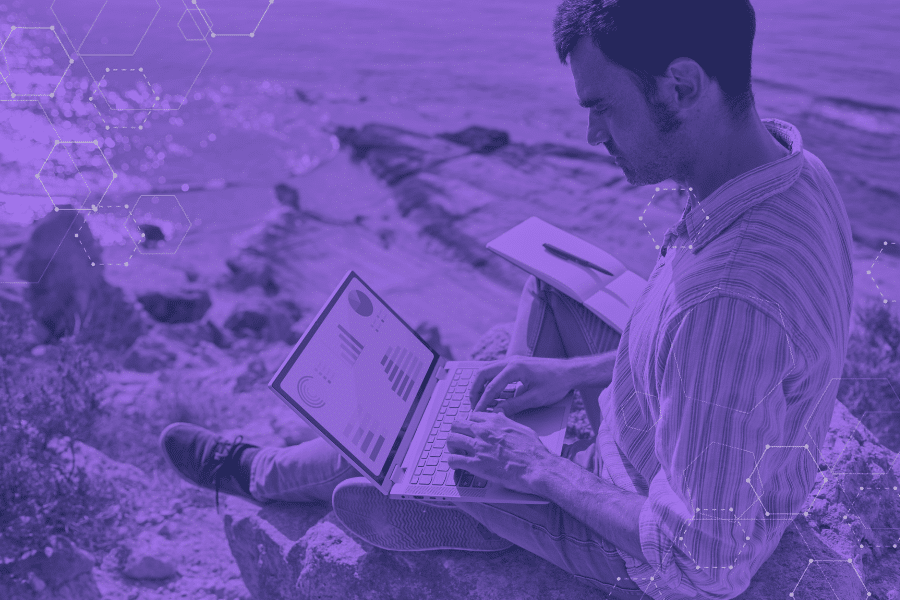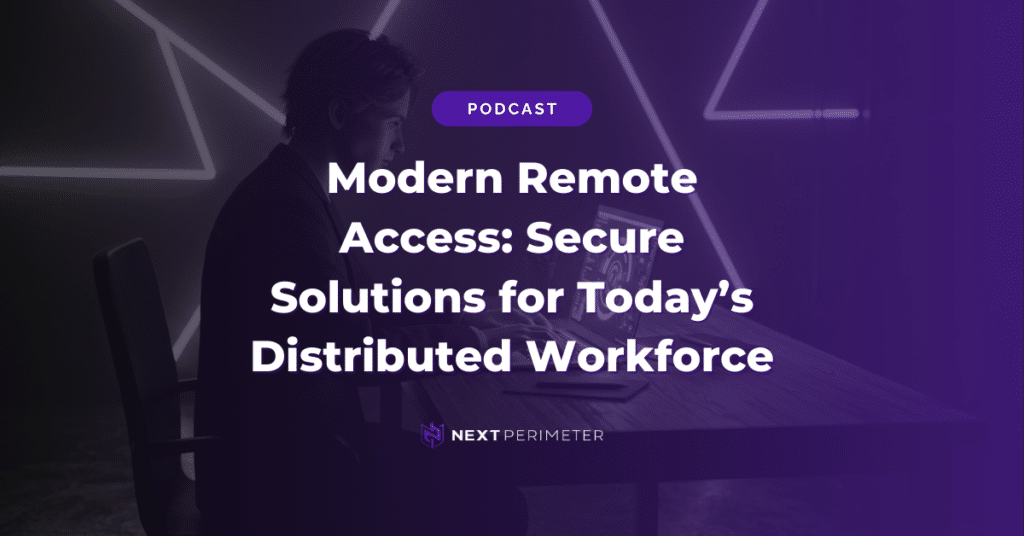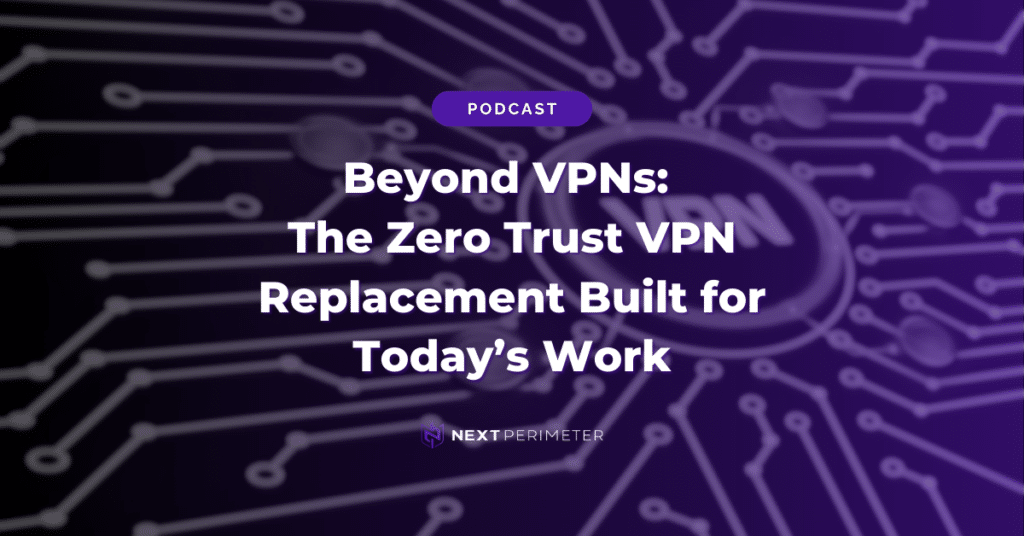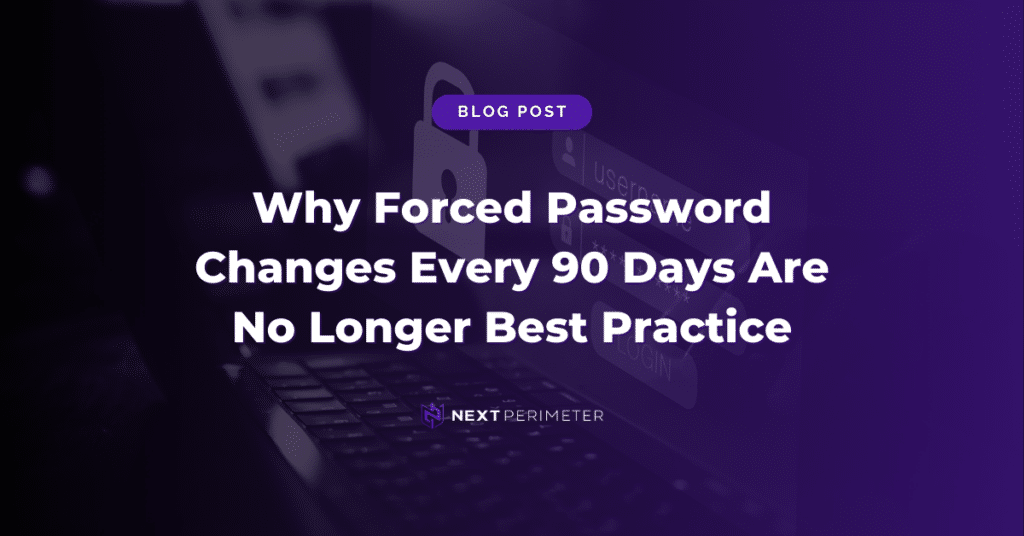The way we work has fundamentally changed. Distributed teams, hybrid schedules, and cloud-first strategies are no longer the exception—they’re the norm. In this new era, secure, modern remote access is critical not just for productivity, but for business survival.
Yet many organizations still rely on legacy tools like LogMeIn or TeamViewer. While these solutions were once effective, they weren’t designed for the scale, speed, and security challenges of today’s remote work landscape. Performance lags, security gaps, and rising costs have left IT leaders searching for better answers.
To keep up, modern businesses—especially small and mid-sized organizations—need remote access tools that are built for the future. That means adopting solutions that prioritize security without sacrificing performance, scale effortlessly, and offer seamless experiences for users and administrators alike.
Let’s look at what’s broken in traditional remote access—and how modern alternatives are helping businesses move forward.

What’s Holding Traditional Remote Access Back?
Legacy remote access tools served a purpose during the early days of remote work. But now, they present more challenges than solutions.
Security Vulnerabilities
Older tools often lack end-to-end encryption, strong authentication, or support for zero trust principles. They rely heavily on perimeter-based security models, which are no longer sufficient in a world where users connect from anywhere, on any device. These gaps open doors for threat actors, putting sensitive data and systems at risk.
Poor Performance and Latency
Traditional remote desktop tools frequently suffer from lag, particularly when accessed from long distances or under high traffic. This degrades productivity and frustrates employees—especially those working with large files, cloud apps, or collaborative tools.
High Costs
The licensing structures of many legacy platforms can quickly become cost-prohibitive, particularly for growing teams. Layer in the costs of infrastructure and IT management, and suddenly a “simple” solution becomes a financial burden.
Limited Scalability
Most of these platforms weren’t designed for the scale and flexibility today’s businesses require. They struggle with provisioning new users, managing security at scale, and integrating with cloud-native environments.

The Modern Remote Access Toolkit
Leading organizations are replacing legacy tools with secure, cloud-native technologies designed for the realities of hybrid work. Three key approaches are leading the way.
Always-On VPN: Secure, Seamless Connectivity
Always-On VPNs automatically establish encrypted connections the moment a device connects to the internet—no user action required. This ensures persistent security, even for users switching networks throughout the day.
What makes modern Always-On VPNs especially effective is their integration with Secure Access Service Edge (SASE) architectures. SASE-enabled VPNs use globally distributed points of presence to ensure consistent, low-latency access, reduce the need for on-premises appliances, and include built-in threat protection like URL filtering and malware detection.
For SMBs, this means enterprise-grade security without the infrastructure headaches.
Zero Trust Network Access (ZTNA): Least-Privilege, Always Verified
Zero Trust Network Access, or ZTNA, shifts security from a location-based model to an identity and context-based approach. Instead of trusting devices simply because they’re inside the network, ZTNA enforces strict, least-privilege access controls for every connection.
Each access request is authenticated, authorized, and monitored—reducing the risk of lateral movement and insider threats. But many standalone ZTNA tools fall short when not part of a larger platform.
That’s why ZTNA is most powerful when integrated with a broader ecosystem that includes SIEM (Security Information and Event Management), MXDR (Managed Extended Detection and Response), and a 24/7 SOC (Security Operations Center). With this approach, SMBs can centralize access controls, respond to threats in real time, and avoid the operational complexity of managing multiple tools and vendors.

Business Benefits of Modern Remote Access
Shifting to modern remote access solutions delivers far-reaching advantages beyond IT. Businesses benefit from stronger security, better performance, and lower costs.
Enhanced Security
Modern tools reduce your attack surface through encryption, zero trust verification, and adaptive access policies that evolve with user behavior and context.
Improved User Experience
Remote workers enjoy fast, reliable access with fewer disruptions—leading to higher productivity and engagement.
Cost Efficiency
By reducing infrastructure requirements and consolidating tools, businesses save on licensing and operational costs.
Operational Agility
Whether you’re expanding to a new region, onboarding a new team member, or navigating disruptions, modern remote access tools make it easier to adapt without compromising security.

Why This Matters for SMBs
For small and mid-sized businesses, secure remote access is more than a technical upgrade—it’s a strategic move. A modern approach allows you to protect customer data, support flexible work arrangements, and maintain continuity during unexpected disruptions.
SMBs that invest in the right tools now will be better equipped to scale, attract talent, and stay resilient in a rapidly changing world.
Don’t Let Outdated Tools Hold You Back
The future of work is flexible, mobile, and security-first. If your current tools can’t keep up, your business could be vulnerable.
Modern remote access is the key to protecting your workforce, maintaining productivity, and preparing for whatever comes next. Let us help you get there.
Ready to learn more about how our managed IT services can set your business up for long-term success? Book a free consultation with one of our experts today.




